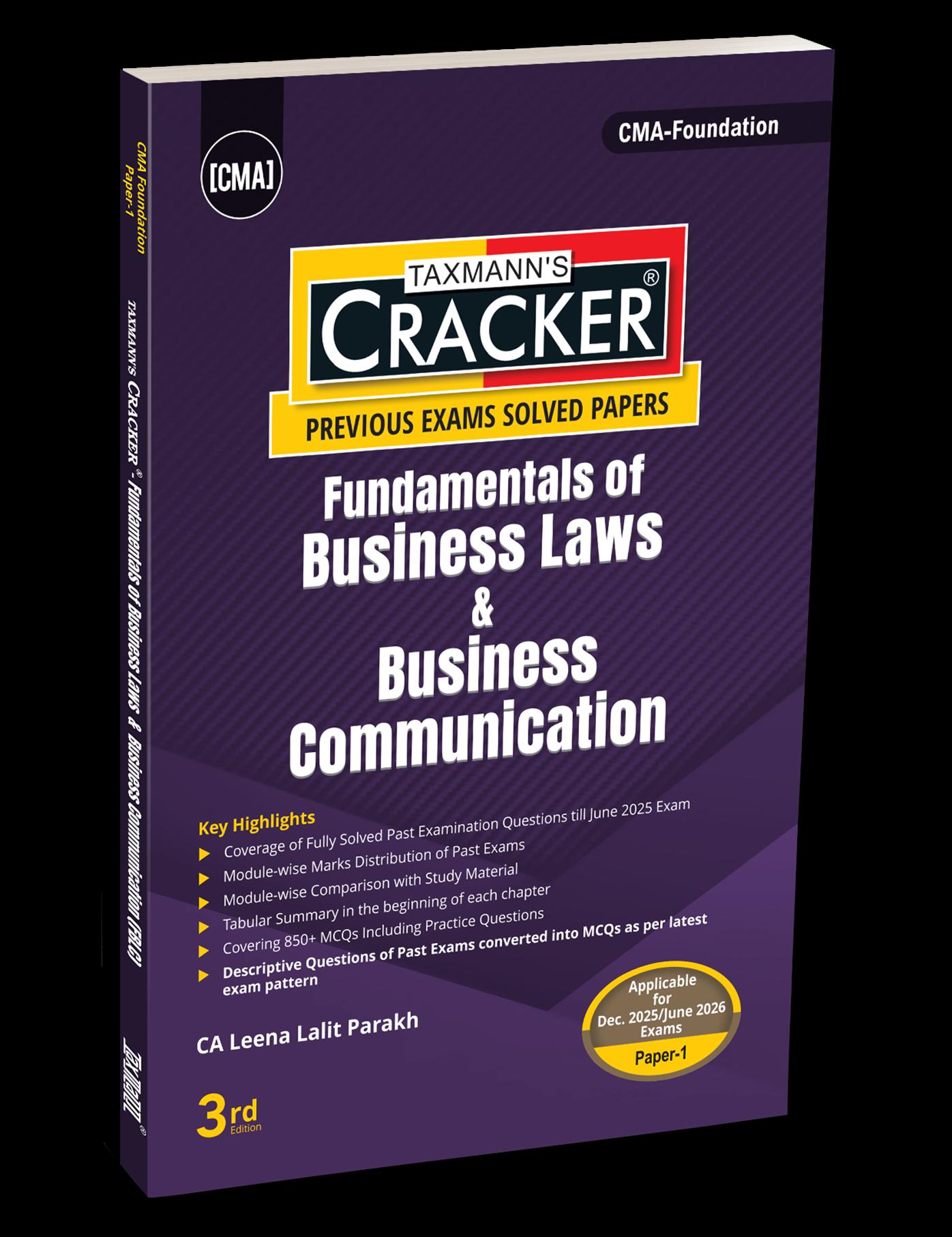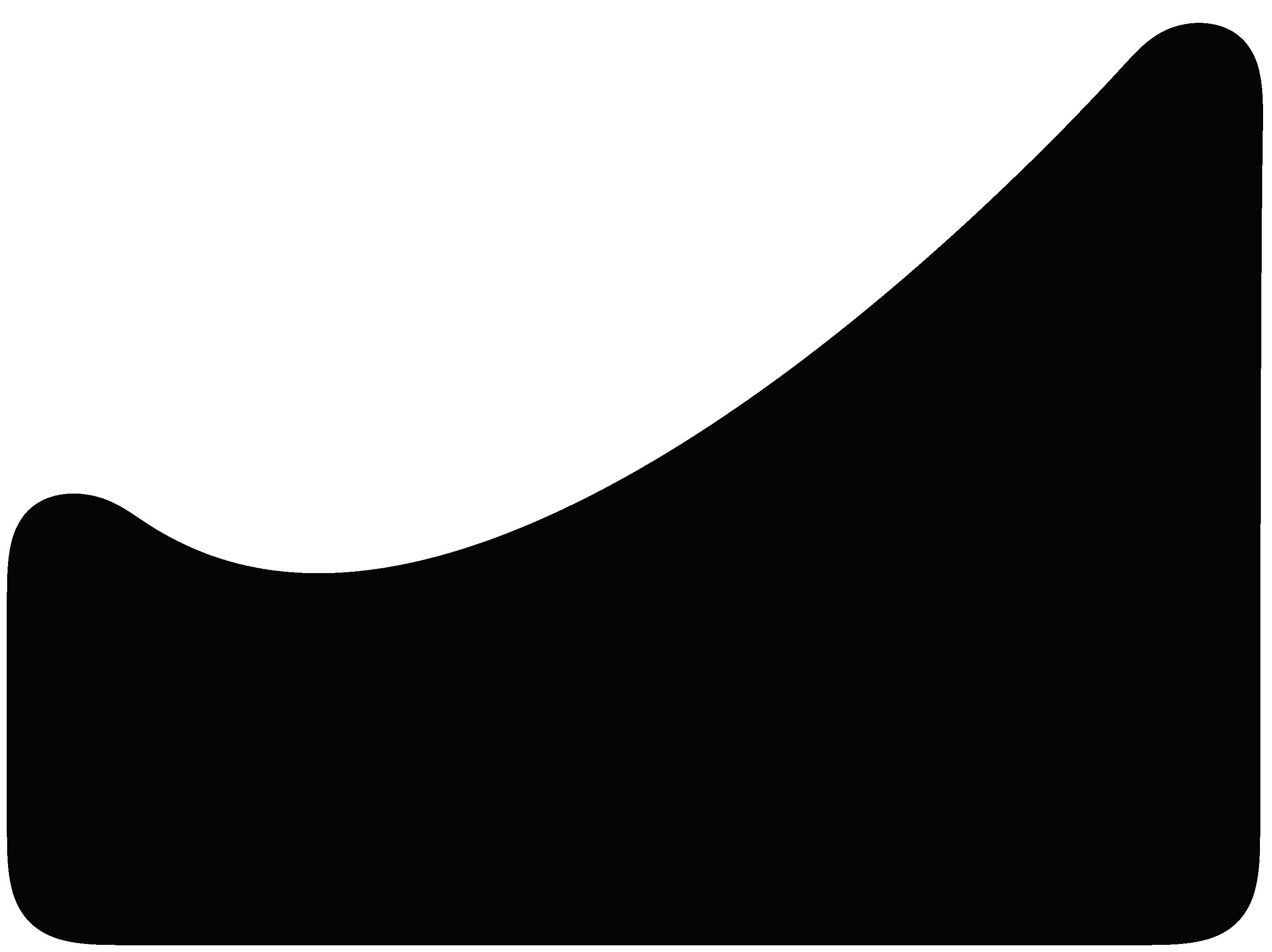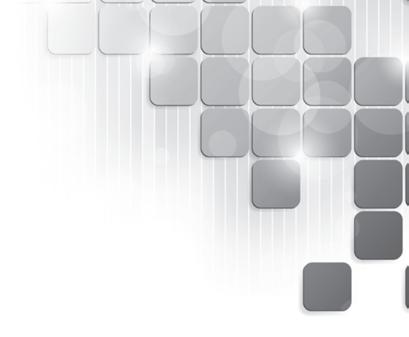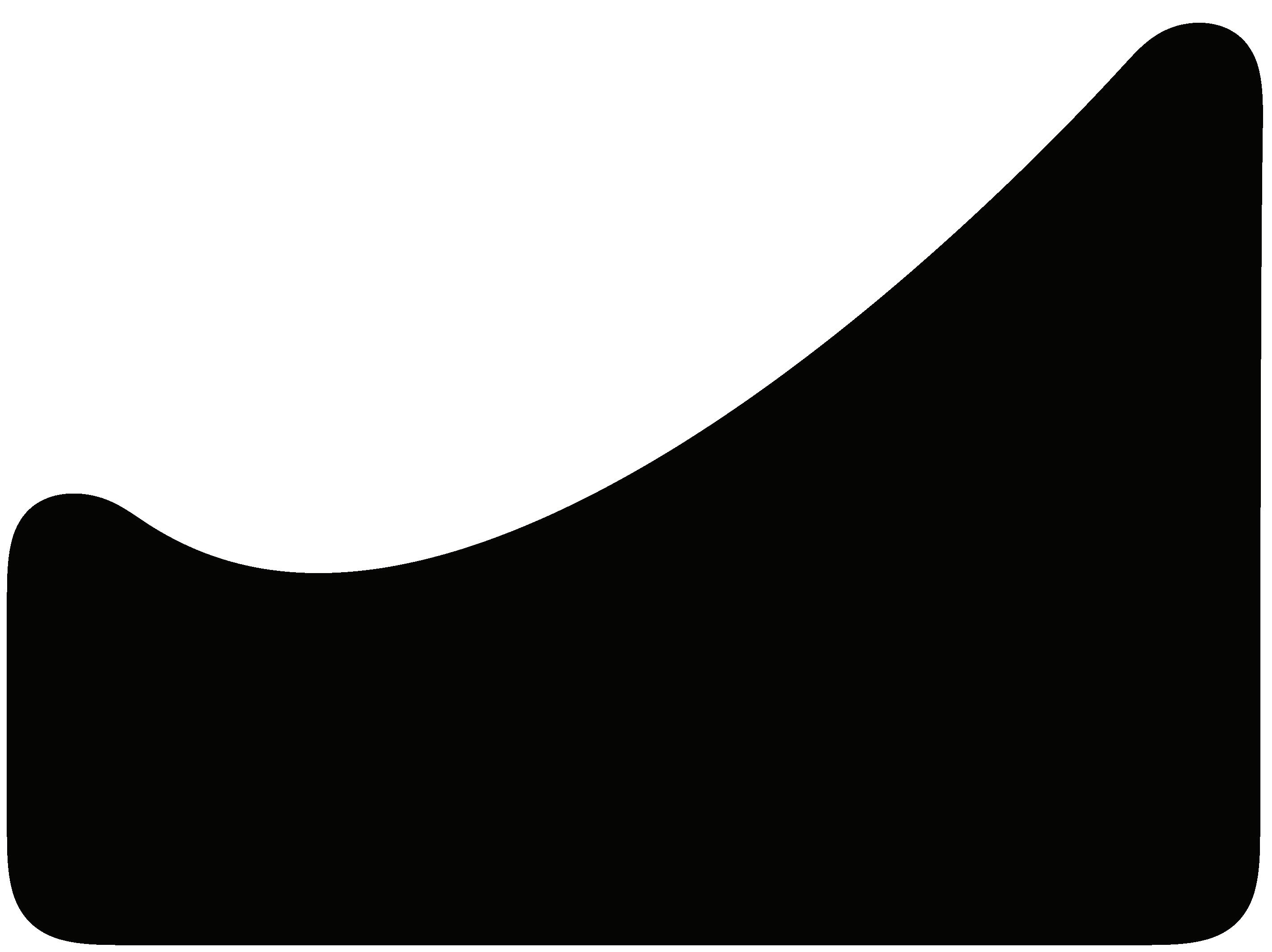© All rights reserved
Price : ` 295
Third Edition : June 2025
Published by :
Taxmann Publications (P.) Ltd.
Sales & Marketing : 59/32, New Rohtak Road, New Delhi-110 005 India
Phone : +91-11-45562222
Website : www.taxmann.com
E-mail : sales@taxmann.com
Regd. Office : 21/35, West Punjabi Bagh, New Delhi-110 026 India
Printed at :
Tan Prints (India) Pvt. Ltd.
44 Km. Mile Stone, National Highway, Rohtak Road Village Rohad, Distt. Jhajjar (Haryana) India
E-mail : sales@tanprints.com
Disclaimer
Every effort has been made to avoid errors or omissions in this publication. In spite of this, errors may creep in. Any mistake, error or discrepancy noted may be brought to our notice which shall be taken care of in the next edition. It is notified that neither the publisher nor the author or seller will be responsible for any damage or loss of action to any one, of any kind, in any manner, therefrom. It is suggested that to avoid any doubt the reader should cross-check all the facts, law and contents of the publication with original Government publication or notifications.
No part of this book may be reproduced or copied in any form or by any means [graphic, electronic or mechanical, including photocopying, recording, taping, or information retrieval systems] or reproduced on any disc, tape, perforated media or other information storage device, etc., without the written permission of the publishers. Breach of this condition is liable for legal action.
For binding mistake, misprints or for missing pages, etc., the publisher’s liability is limited to replacement within seven days of purchase by similar edition. All expenses in this connection are to be borne by the purchaser. All disputes are subject to Delhi jurisdiction only.
Module-wise Marks Distribution I-5
Module-wise Comparison with Study Material I-9
SECTION A FUNDAMENTALS OF BUSINESS LAWS MODULE 1: INTRODUCTION
MODULE 2: INDIAN CONTRACT ACT, 1872 CHAPTER
CHAPTER 2.3
CHAPTER 2.4
CHAPTER 2.5
CHAPTER 2.6
CHAPTER 2.7
CHAPTER 2.8
CHAPTER 2.10
MODULE 3: SALE OF GOODS ACT, 1930
CHAPTER 3.1
CHAPTER 3.2
MODULE 4: NEGOTIABLE INSTRUMENTS ACT, 1881
CHAPTER 4.1
CHAPTER 4.2 DEFINITIONS OF
CHAPTER 4.3
CHAPTER 4.4
SECTION B
BUSINESS COMMUNICATION
MODULE 5: BUSINESS COMMUNICATION
CHAPTER
CHAPTER
CHAPTER 5.8
5.10
CHAPTER 5.11
Solved Paper : December 2024 (Suggested Answers)
Solved Paper : June 2025 (Suggested Answers)
Q.19. A corporation can be party to a Negotiable Instrument it:
(a) Authorized by its article of association
(b) A special permission of Board of Directors is taken
(c) A special resolution by shareholders is passed
(d) Yes, absolutely without any restriction [Dec. 2023, June 2024]
Q.20. If an instrument may be construed either as a promissory note or bill of exchange, it is:
Answers
(a) A valid instrument
(b) An ambiguous instrument
(c) A returnable instrument
(d) None of the above [Dec. 2023]
Q.21. If an instrument may be construed either as a promissory note or bill of exchange, it is:
(a) A valid instrument
(b) An unambiguous instrument
(c) A returnable instrument
(d) None of the above [Dec. 2023]
CHAPTER 4.2
DEFINITIONS OF PROMISSORY NOTE, CHEQUE & BILL OF EXCHANGE
Quick Revision of the chapter
PROMISSORY NOTE: (SECTION 4)
A Promissory note is an instrument in writing (not being a bank note or a currency note) containing an unconditional undertaking, signed by the maker, to pay a certain sum of money only to, or to the order of, a certain person, or to the bearer of the instrument.
Parties:
Maker: The person who makes the promissory note and promises to pay is called the maker.
Payee: The person to whom the payment is to be made is called the payee.
Requisites of a Promissory Note:
The promissory note must be in writing.
It must contain an undertaking to pay. There must be an express promise to pay.
The promise to pay should be unconditional. The promissory note must be signed by the maker
The sum payable must be certain.
The instrument must contain a promise to pay money and money only.
The maker and payee must be certain.
Stamping of Promissory Note is essential under The Indian Stamp Act, 1899. An unstamped promissory note is not admissible in evidence and no suit can be maintained.
It must contain date.
The limitation period for a promissory note to file a suit is three years from the date of execution or from the date of acknowledgement.
BILLS OF EXCHANGE: (SECTION 5)
A bill of exchange is an instrument in writing containing an unconditional order, signed by the maker, directing a certain person to pay a certain sum of money only to, or to the order of, a certain person or to the bearer of the instrument.
Parties:
The drawer: The person who gives the order to pay or who makes the bill is called the drawer.
The drawee: The person who is directed to pay is called the drawee. When the drawee accepts the bill, he is called the acceptor.
The payee: The person to whom the payment is to be made is called the payee.
Requisites of Bills of Exchange:
A bill of Exchange must be drawn unconditionally, though the acceptor, or the indorser may make his liability conditional, direction of payment by the drawer must not be made to depend upon a contingency. Therefore, it is the essence of a bill of exchange that it should be payable at all events and it must appear so on its face.
The consideration of a bill of exchange should be paid only by way of money only.
The amount to be paid should be certain.
The time of payment must be indicated in the bill with certainty.
Order to pay. Order in this section does not mean a command, but a request or a direction.
It is essential that a bill of exchange should point out with certainty the party who enters into the contract imported by its terms. Thus, the signature of the drawer is necessary and there cannot be a bill, even if the instrument if accepted without the signature of the drawer.
It must indicate a drawee who should be called on to accept or pay it. The drawee must be named or otherwise indicated in the bill with reasonable certainty.
It should specifically mention the date and place of the payment or the place where it is drawn.
Every bill of exchange must be stamped according to the provisions of The Indian Stamp Act, 1899.
4.10
SECTION A : FUNDAMENTALS OF BUSINESS LAWS
CHEQUE: (SECTION 6)
A cheque is a bill of exchange drawn upon a specified banker and payable on demand and it includes the electronic image of a truncated cheque and a cheque in the electronic form.”
A cheque in the electronic form means “cheque which contains the exact mirror image of a proper cheque, and which is generated, written and signed in a secure system ensuring the minimum safety standards with the use of digital signature and asymmetric crypto system.”
A truncated cheque means a cheque which is truncated during the course of a clearing cycle, either by the clearing house or by the bank whether paying or receiving payment, immediately on generation of an electronic image for transmission, substituting the further physical movement of the cheque in writing.
Clearing House means the clearing house managed by the Reserve Bank of India or a clearing house recognized as such by the Reserve Bank of India.
A cheque is a species of a bill of exchange; but it has the following two additional qualifications:
It is always drawn on a specified banker, and
It is always payable on demand.
Parties:
The drawer: The customer who signs the cheque is called “drawer”.
The drawee: The bank on whom the cheque is drawn is called “drawee”.
The payee: The person to whom the payment is to be made is called the payee.
Requisites of a Cheque:
A cheque must be an order in writing.
It must contain an unconditional order
A cheque must be signed by the maker
The amount must be specifically mentioned in figures and words.
A cheque may be drawn payable to order or bearer
The cheque must contain the date.
Payee to be certain.
CROSSING OF CHEQUES:
By crossing the cheque the drawer instructs the banker to not to pay it over the counter but only credit to the account of the person named therein. It adds to the security and thus ensures payment to the payee or to his order.
“Who can cross a cheque”?
The drawer of a cheque.
The holder of a cheque. Where a cheque is issued uncrossed it may be crossed by the holder generally or specially.
The banker in whose favour the cheque has been crossed specially may again cross it especially in favour of another banker. The later bank in such a case acts as the agent of the former.
Due Date of a Bill or Note
Every instrument payable, otherwise, then on demand is entitled to three days of grace.
INSTRUMENTS ENTITLED TO DAYS OF GRACE
Cheque
INSTRUMENTS NOT ENTITLED TO DAYS OF GRACE
Bill or note payable on a speci ed day
Bill or note payable on demand Bill or note payable ‘after sight’
Bill or note in which no time is mentioned Bill or note payable at a certain period on happening of a certain event.
So in case of time bill or note, it becomes due on the last day of grace period.
Where an instrument is payable by installments, each installment is due three days after the date fixed for payment of the installment.
If the due date falls on a public holiday, the bill becomes due on immediate preceding business day.
If the month in which the period is to terminate has no corresponding day, the period will terminate on the last day of the month.
PAYMENT IN DUE COURSE
Payment in due course means payment in accordance with the apparent tenor of the instrument in good faith and without negligence to any person in possession. Payment in due course results in discharge of the instrument.
A payment is said to be ‘payment in due course’ if it satisfies the following conditions:
It is in accordance with apparent tenor of the instrument. A payment before the maturity date is not a payment according to the apparent tenor of the instrument.
It is made on behalf of drawee or acceptor. It must be made in money term only which includes cheque and currency notes. The holder of a negotiable instrument cannot be forced to accept payment in any other mode except with his consent.
It is made to the person in possession of the instrument and also entitled to payment.
It is made in good faith, without negligence and under bona fide circumstances. If a cheque bears forged signature of the drawer, the payment will not be payment in due course if the banker fails to exercise the necessary care.
There is no ground for believing that possessor is not entitled to receive payment.
SECTION A : FUNDAMENTALS OF BUSINESS LAWS
PAST EXAMINATION QUESTIONS
Q.1. Promissory note must be:
(a) In writing
(b) Unconditional
(c) Signed by the maker
(d) All the three [Sep. 2014]
Q.2. Parties are involved in a Promissory Note.
(a) 2
(b) 3
(c) 4
(d) 1 [Dec. 2014]
Q.3. An Instrument incomplete in one way or other is called
(a) Inchoate Instrument
(b) Ambiguous Instrument
(
c) Foreign Instrument
(d) Dishonoured Instrument.
[Dec 2014, Dec. 2016, Dec. 2019, Dec. 2022, June 2023]
Q.4. When an Instrument is drawn conditionally or for a special purpose as a collateral security and not for the purpose of transferring property therein it is called a -
(a) Escrow Instrument
(b) Inchoate Instrument
(c) Ambiguous Instrument
(d) Clean & documentary bill [March 2015, Dec. 2018]
Q.5. A bearer instrument is negotiated by
(a) Delivery only
(b) Delivery and endorsement
(
c) Stamping and attestation
(d) It cannot be negotiated [March 2015, Dec. 2022]
Q.6. A bill of exchange contains a/an
(a) Unconditional undertaking
(b) Unconditional order
(
c) Conditional undertaking
(d) Conditional order [March 2015, Dec. 2022]
Q.7. Bill in sets is made in sets of:
(a) 2
(b) 3
(c) 5
(d) 4 [Sep. 2015, Dec. 2015]
Q.8. Which are not an essential to cheque?
(a) A cheque can be drawn on bank where the drawer has an account
(b) Cheques may be payable to the drawer himself
(c) The banker is liable only to the drawer
(d) None of these [June 2015]
Q.9. A Promissory note is not a document of Title of Goods:
(a) True
(b) False
(c) Partly True
(d) Conditionally True [June 2015, Dec. 2022]
Q.10. __________ in an instrument in writing containing an unconditional undertaking singed by the maker to pay a certain sum of money only to or to the order of a certain person, or to the bearer.
(a) Promissory note
(b) Bill of Exchange
(c) Inchoate instrument
(d) None of the above [June 2015]
Q.11. Cheque is a
(a) Promissory note
(b) Bill of exchange
(c) Both (a) and (b)
(d) None of the above [June 2016, Dec. 2019, Dec. 2023, June 2024]
Q.12. There are only parties in a bill of exchange.
(a) 2
(b) 3
(c) 4
(d) 5 [Dec. 2016, June 2018, June 2024]
Q.13. The separate slip attached in case of endorsement is called ______.
(
a) Plonge
(b) Allonge
(c) Splonge
(d) Sponge [Dec. 2016]
Q.14. Delivery of endorsed instrument can be made by
(a) Endorser
(b) Endorsee
(c) Authorised person of endorser
(d) Both (a) & (c) [Dec. 2016]
Q.15. If a minor draws, indorses, deliver or negotiates an instrument, such instrument binds
(
(
a) All parties to the instrument including the minor.
b) Only the minor and no other parties to the instrument.
(c) All parties to the instrument except the minor.
(d) None of the above [June 2017]
Q.16. A Promissory Note must be
(a) In writing
(b) Unconditional
(c) Signed by the maker
(d) All of the above [June 2017]
Q.17. As per Indian Stamp Act, 1899, the bill of exchange _____ be stamped.
(a) May
(b) Must
(c) Both of the above
(d) None of the above [June 2017]
Q.18. The undertaking contained in promissory note to pay a certain sum of money is
(a) Conditional
(b) Unconditional
(c) May be conditional or unconditional depending upon the circumstances
(d) None of the above [Dec. 2017]
Q.19. Inchoate instrument is
(a) An instrument incomplete in some respect
(b) An ambiguous instrument
(c) A clean bill
(d) Drawn conditionally as collateral security [June 2018]
Q.20. Every instrument payable otherwise than on demand is entitled to days of grace period
(a) 2
(b) 3
(c) 4
(d) 5 [June 2018]
Q.21. If a promissory note or bill of exchange bears the expression ‘at sight’ and ‘on presentation’, it means on demand.
(a) True
(b) False [June 2019]
Q.22. The term “a cheque in the electronic form is defined in the Negotiable Instruments Act, 1881 u/s
4.14
(
a) Section 6(a)
SECTION A : FUNDAMENTALS OF BUSINESS LAWS
negotiable instrument bearing a date was made or drawn.
(b) Section 6(1)(a)
(
(
c) Explanation 1(a) of Section 6
d) Section 6A [Dec. 2018, Dec. 2022]
Q.23. In a promissory note, the amount of money payable
(
a) Must be certain
(b) May be certain or uncertain
(c) Is usually uncertain
(d) None of the above [June 2019]
Q.24. The undertaking contained in a promissory note, to pay a certain sum of money is
(
a) Conditional
(
b) Unconditional
(c) May be conditional or unconditional depending upon the circumstances.\
(
d) None of the above [June 2019]
Q.25. The maturity of a promissory note or bill of exchange is the date
(a) At which it falls due
(b) Of its presentation
(c) Of its acceptance
(
d) None of the above [Dec. 2019]
Q.26. ________ days grace period is allowed for payment of a Cheque.
(a) 0
(b) 3
(c) 2
(d) 7 [Dec. 2019, June 2023]
Q.27. Bills of exchange is defined u/s
(a) 3
(b) 4
(c) 5
(d) 6 [Dec. 2019]
Q.28. The presumption as to the date of a negotiable instrument is that every
(a) After that date
(b) Prior to that date
(c) On such date
(d) None of the above [Dec. 2022, June 2023]
Q.29. _______ is an instrument in writing containing an unconditional undertaking signed by the maker, to pay a certain sum of money only to the order of, a certain person or to the bearer of the instrument.
(a) Promissory Note
(b) Bill of exchange
(c) Cheque
(d) None of the above [June 2023]
Q.30. The term Negotiable Instrument is associated with which of the following?
(a) A written document entitled on an individual by delivery or endorsement
(b) A written document that transfers the value in it from one person to other
(c) A written document, entitled on a person to receive money
(d) All of the above [June 2023]
Q.31. The nature of ‘Promissory Note’ is
(
a) It contains an unconditional order to the drawee to pay the payee
(b) It is drawn on specified banker to pay on demand
(c) It contains an unconditional promise by the maker to pay the payee
(d) None of the above [June 2023]
Q.32. Identify the incorrect characteristic of Promissory Note from the following:
(
a) 2 parties-maker and payee
(b) Acceptance is necessary
(
c) Notice of dishonour is not necessary
(d) Grace period is available if payable after specified time [June 2023]
Q.33. ______ is an instrument in writing, containing an conditional order, signed by the maker, directing a certain person, to pay certain sum of money only to, or to the order of a certain person or to the drawer of the instrument.
(
a) Promissory Note
(
b) Bill of exchange
(
c) Cheque
(
d) None of the above [Dec. 2023]
Q.34. The party which is involved in Bill of Exchange and to whom the order to pay is made is called ________.
(
a) Payee
(b) Drawer
(
c) Drawee
(d) Endorser [Dec. 2023]
Q.35. In the negotiable instrument, where amount is stated differently in words and figures:
(
a) Amount stated in words shall be taken into account
(
b) Amount stated in figures shall be taken into account
(
(
c) Amount which is larger shall be taken into account
d) Instrument is void due to uncertainty [Dec. 2023]
Q.36. ‘At sight’ and ‘on presentation’ under section 21 of the Negotiable Instrument Act, 1881, means:
(a) On presentation
(b) On demand
(
c) On coming into vision
(d) None of the above [Dec. 2023]
Q.37. ______ parties are involved in cheque.
(a) 2
(b) 3
(c) 4
(d) None of the above [June 2024]
Q.38. The phrase ‘a cheque in electronic form’ is defined in NI Act, 1881 under
(a) Section 6(a)
(b) Section 6(1)(a)
(c) Explanation to Section 6(1)(a)
(d) None of the above [June 2024]
Answers 1. (d) 2. (a) 3. (a) 4. (a) 5. (a) 6. (b) 7. (a) 8. (b) 9. (a) 10. (a) 11. (b) 12. (b) 13. (b) 14. (d)
15. (c) 16. (d) 17. (b) 18. (b) 19. (a) 20. (b) 21. (a) 22. (c) 23. (a) 24. (b) 25. (a) 26. (b) 27. (c) 28. (c)
29. (a) 30. (d) 31. (c) 32. (b) 33. (b) 34. ( a) 35. (d) 36. (b) 37. (b) 38. (c)











